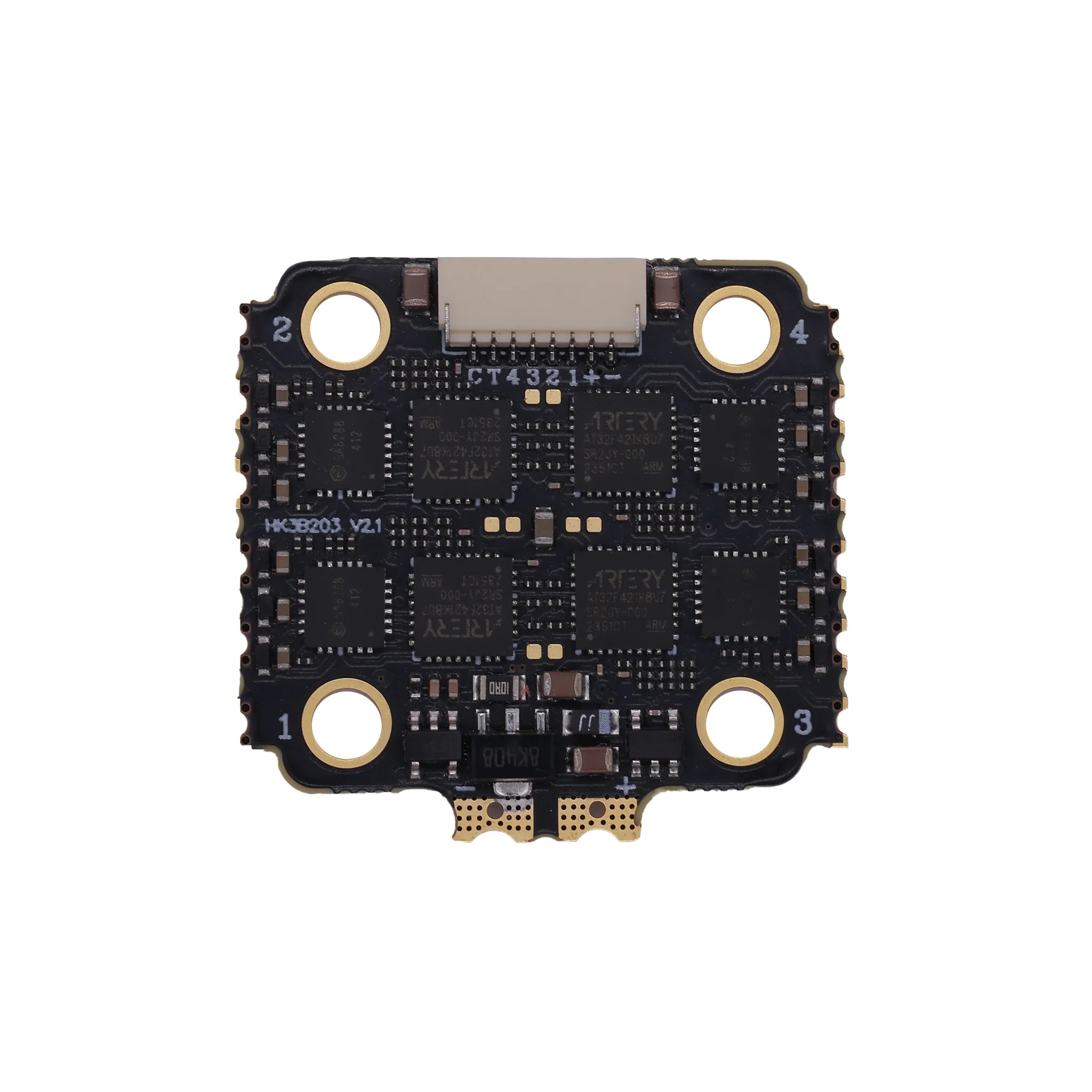Hey, FPV pilots and drone enthusiasts! Welcome back to the NZFPV blog, your ultimate hub for all things FPV. Whether you're ripping through freestyle gaps or cruising long-range missions, one thing powers it all: the battery. Today, we're unpacking the essentials of common FPV drone batteries—focusing on those soft-pack wonders and their cylindrical cousins. As your trusted FPV accessories dealer, we stock top-tier gear like ESCs, STACKs, AIOs, and FLY TOWERS from brands like Hakrc. We'll keep it professional, fun, and packed with practical advice to help you choose the perfect power source. No more voltage drops mid-flip—let's charge ahead!
The Soft-Pack Stars: LiPo Batteries Explained
Most FPV drones and racing quads rely on what we casually call "soft-pack batteries." Their fancy name? LiPo (Lithium Polymer). These are built from stacked cells wrapped in a flexible pouch, making them lightweight and squishy—hence the nickname.

Why are LiPos the go-to for high-performance FPV? Here's the thrill:
- Lightweight Design: Less weight means more agility and longer airtime without sacrificing speed.
- High Energy Density: They pack a punch in a small package, ideal for compact drones.
- Insane Discharge Rates: Quick energy release for those bursty throttle punches during races or tricks.
These traits make LiPos perfect for power-hungry setups like freestyle quads or high-speed car models. If you're building a beast that needs rapid power delivery, LiPo is your wingman. Just handle them with care—over-discharge or punctures can lead to fiery drama (always use a fireproof bag for charging!).
The Endurance Champs: Li-Ion Batteries (18650/21700)
Not all batteries are soft and squishy. For long-range FPV drones, remotes, or goggles, enter Li-Ion (Lithium-Ion) cells like the cylindrical 18650 or 21700. These are the marathon runners of the battery world.

Pros that make them shine:
- Longer Cycle Life: More charge/discharge cycles before they wear out—great for everyday use.
- Higher Capacity: Bigger energy reserves for extended flights without recharging.
- Improving Discharge: Tech advancements are boosting their power output, closing the gap with LiPos.
However, they lag in raw discharge compared to LiPos, so they're not ideal for high-current draws. You'll spot them in remotes, FPV goggles, or low-power long-range rigs like fixed-wing models. Want epic endurance? Pair Li-Ions with efficient setups for hours of smooth sailing.
Decoding Battery Labels: S, P, Capacity, and C-Rate
Ever puzzled over those cryptic markings on your battery pack? Let's crack the code!
- LiPo Label: Straightforward—this confirms it's a Lithium Polymer battery, primed for high performance.
- The "S" Mystery: "4S" or "6S" refers to the number of cells in series. Each LiPo cell is about 3.7V nominal (4.2V fully charged). So, a 4S pack? Four cells wired in series for ~14.8V-16.8V. Higher S means higher voltage for more speed—but it demands compatible ESCs and motors.

- The "P" Power-Up: Batteries can also be in parallel ("P"). This boosts capacity and current without upping voltage. A "2P" doubles capacity and discharge capability. Combine them like "6S2P": Six cells in series (high voltage), then two such packs paralleled (double capacity/current). Perfect for long-range beasts needing stamina.

Quick fact: Series increases voltage but keeps capacity the same (e.g., four 1300mAh cells in 4S = still 1300mAh total). Parallel amps up capacity/amps but voltage stays single-cell level.
Now, the big players in selection:
- Capacity (mAh): Measures stored energy. A 1300mAh battery can theoretically deliver 1300mA for 1 hour or 130mA for 10 hours. Bigger mAh = longer flights, but heavier weight—balance is key!
- C-Rate (Discharge Rate): The "C" stands for capacity-based multiplier. High-performance packs boast 120C, 150C, or even 160C. Formula for max current: Capacity (in Amps) × C-Rate. For a 1300mAh (1.3A) at 120C? 1.3A × 120 = 156A max discharge. Epic for quads pulling big amps!

How to Choose the Right Battery: Match It to Your Setup
Picking a battery isn't guesswork—it's about harmony with your drone's demands. Start by calculating your quad's current draw. Example: A rig with 30A-max motors? Four motors total ~120A (plus negligible for RX/VTX, say 125A peak).
- If your battery maxes at 156A (like our 1300mAh 120C example), you're golden—plenty of headroom.
- Worry about overload? Nah! Batteries supply what the system demands, not their max. Flat-flying at 20A? That's all it pulls. But exceed the battery's limit (e.g., 200A draw on 156A batt), and you'll face power sag, motor weakness, or mid-air cutouts. Risky business!
Golden Rule: Battery max discharge > Total ESC current rating > Total motor current draw. This ensures safety and peak performance.
Pro Tip: For high-S packs (6S+), pair with voltage-tolerant gear. At NZFPV, we recommend our Hakrc lineup for seamless matches:
- NZFPV Hakrc 7155 120A 6S-12S Single G071-2023_Multi_32_100 ESC: Handles 6S-12S with 120A burst—ideal for high-voltage LiPo setups needing massive current for long-range or heavy-lift drones.
- NZFPV Hakrc 12S 50A 4in1 FPV ESC: Supports up to 12S batteries, perfect for extreme voltage builds with high-C LiPos.
- NZFPV Hakrc 7155 80A 4in1 FPV ESC: 80A continuous for demanding 6S quads, ensuring your battery's power flows without bottlenecks.
- NZFPV Hakrc 65A F7V2 FlyTower: A compact STACK for 6S rigs, with robust ESC integration to match high-discharge batteries.
These products complement high-performance batteries, preventing underpower issues and maximizing flight time. Check our site for full specs and compatibility!
Final Charge: Power Up with Confidence
Batteries are the heartbeat of FPV—LiPos for speed demons, Li-Ions for endurance pros. Master S/P, capacity, and C-rate, and you'll fly smarter, safer, and longer. Remember, always store/charge responsibly to avoid mishaps.
At NZFPV, as your Hakrc dealer, we're all about fueling your passion with reliable gear. Questions on battery-ESC pairings? Comment below! Subscribe for more—next, we dive into motor KV secrets. Safe flights and happy hovering!





